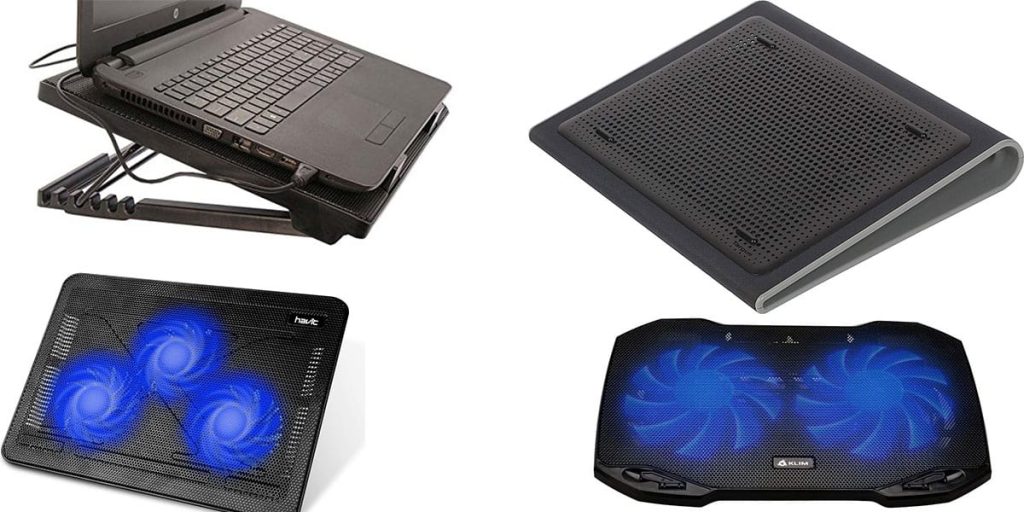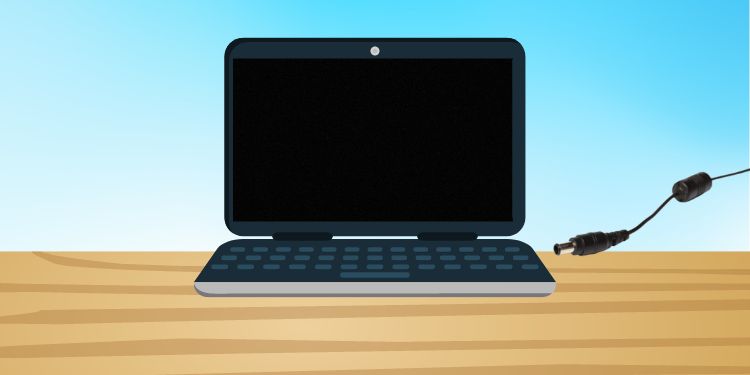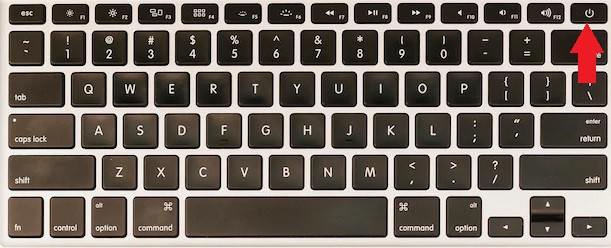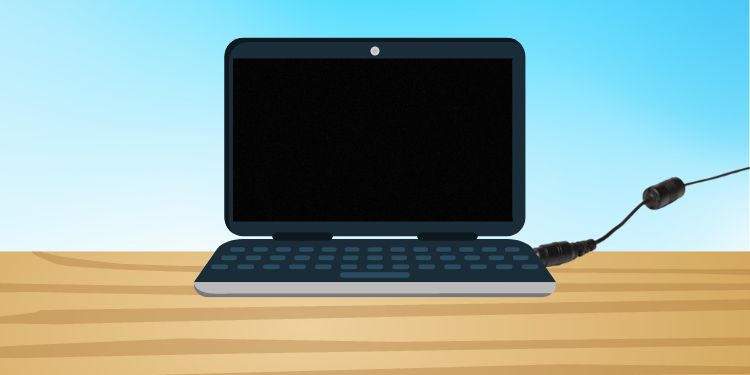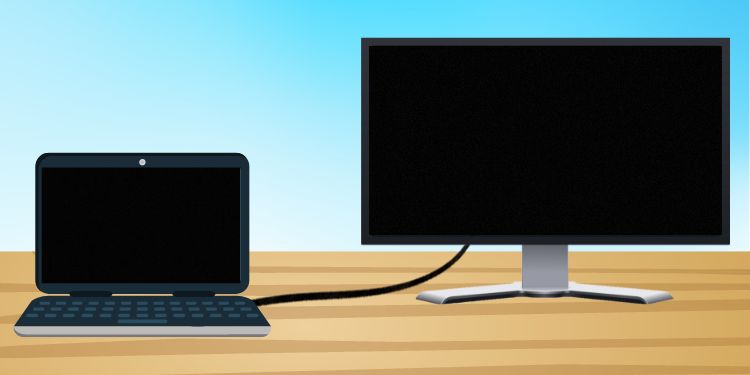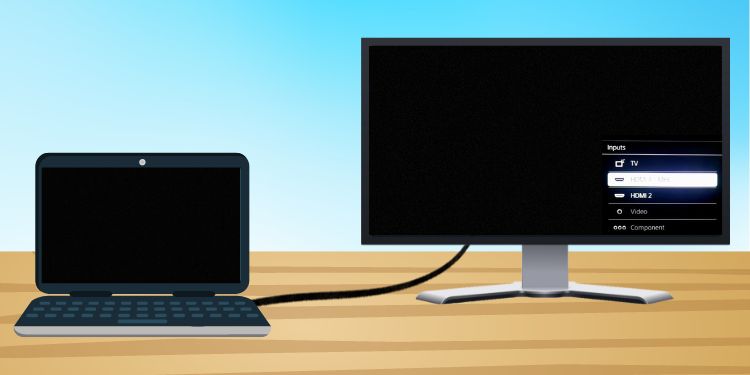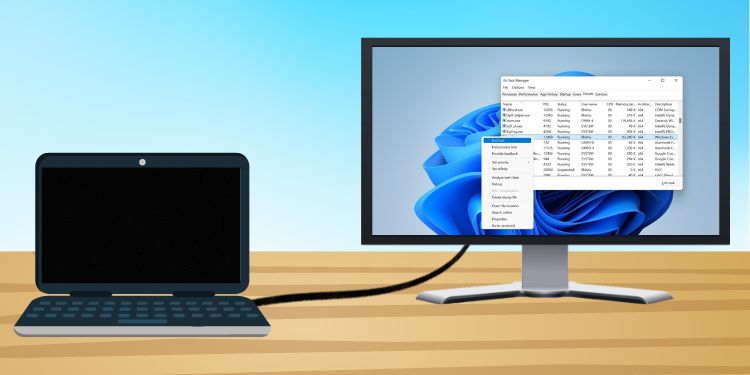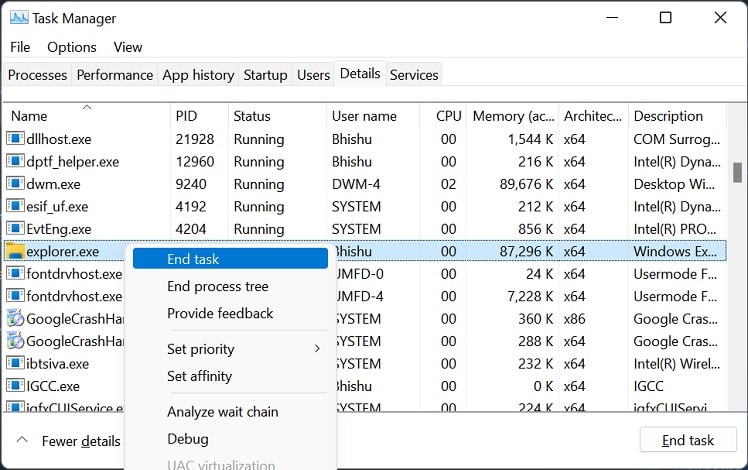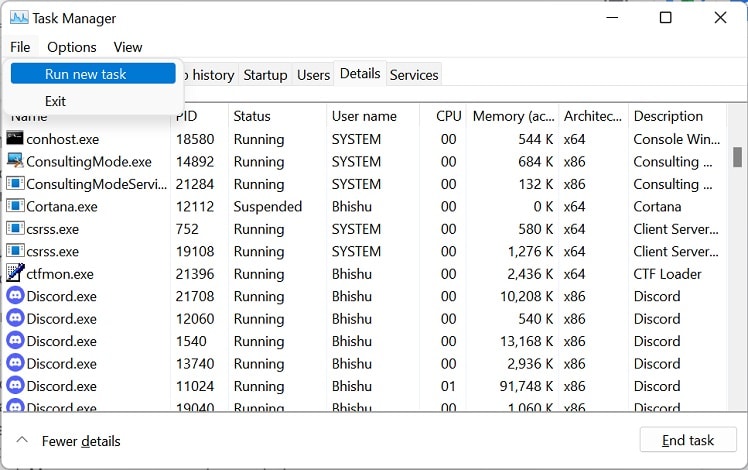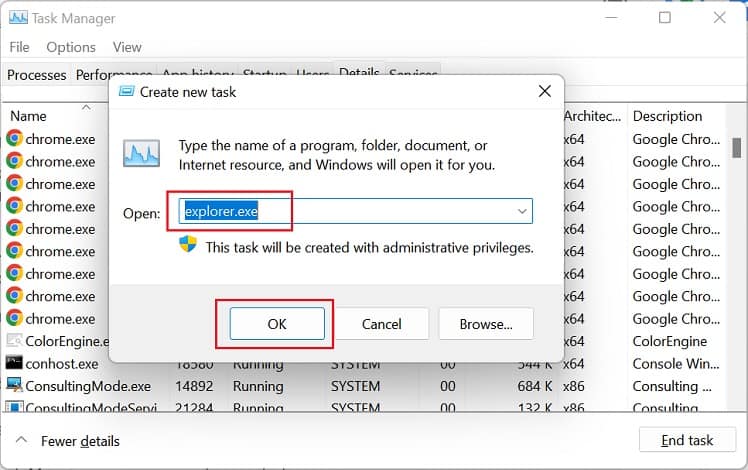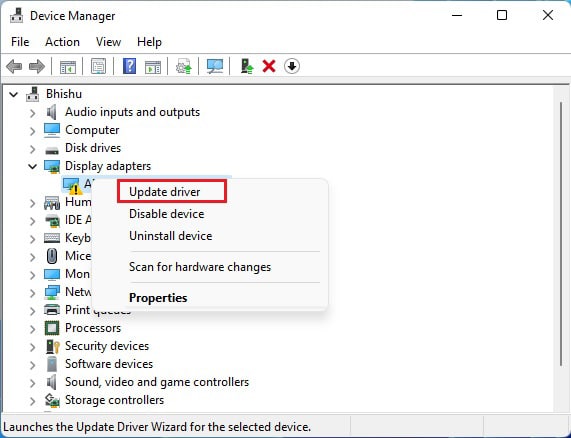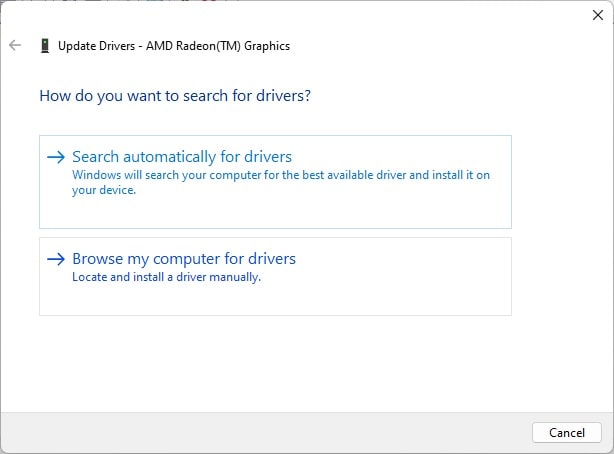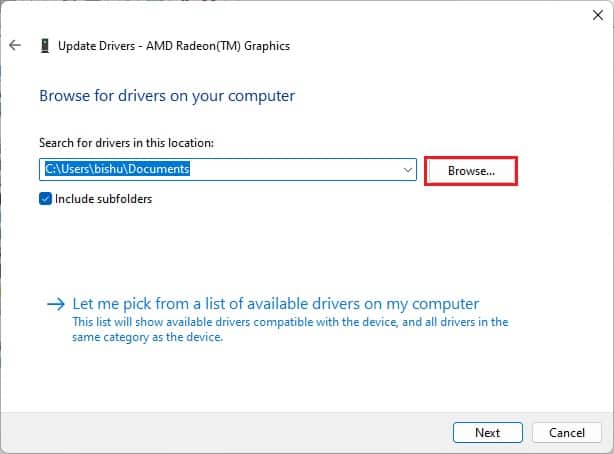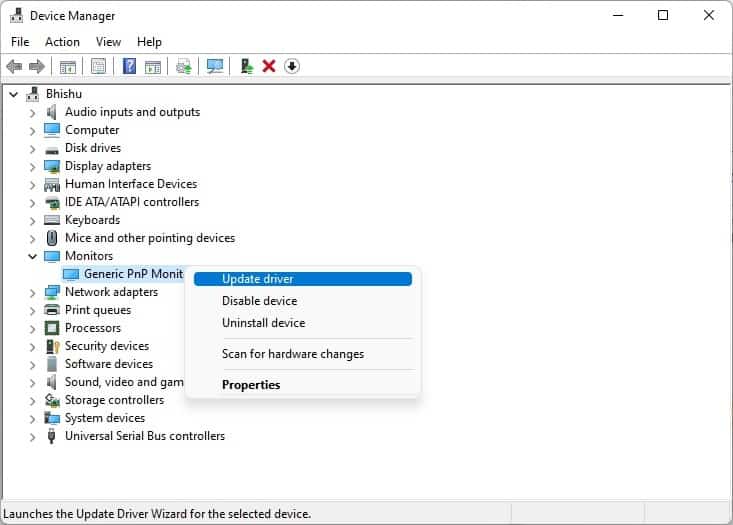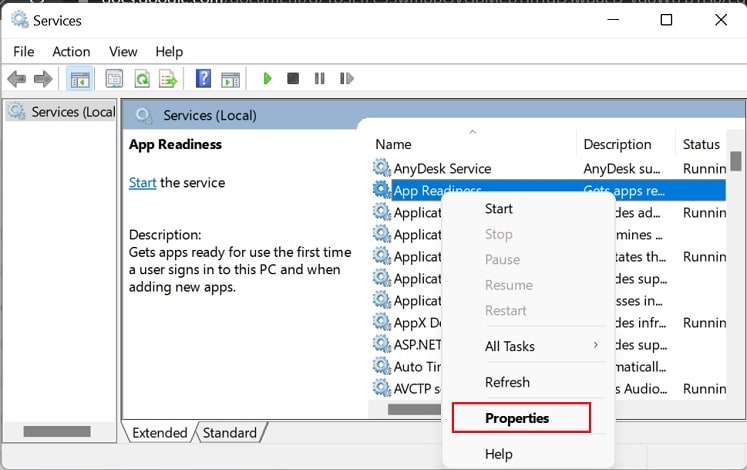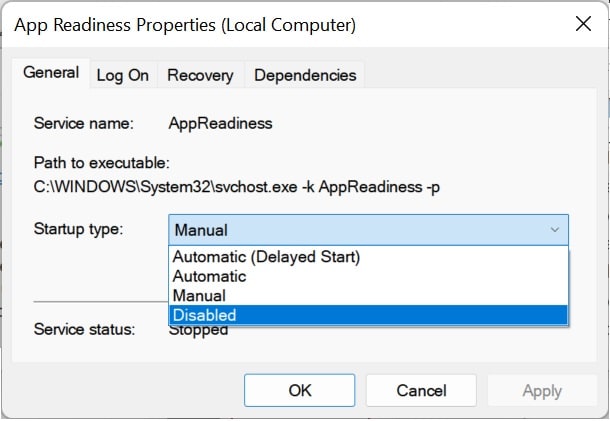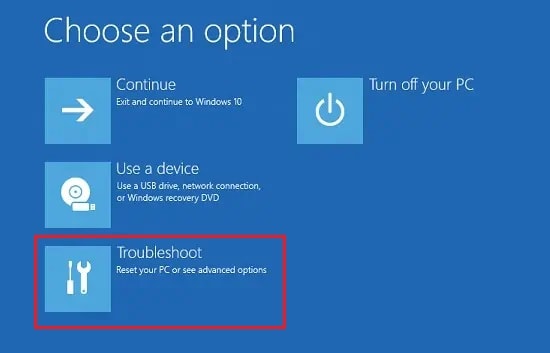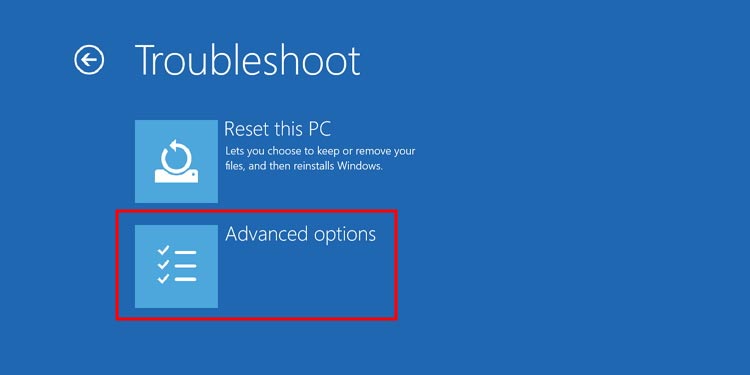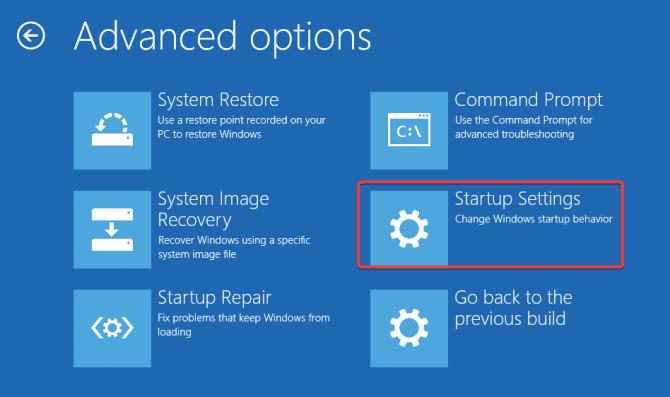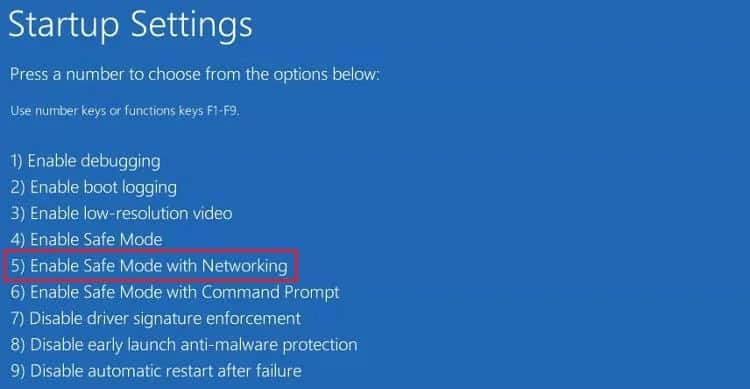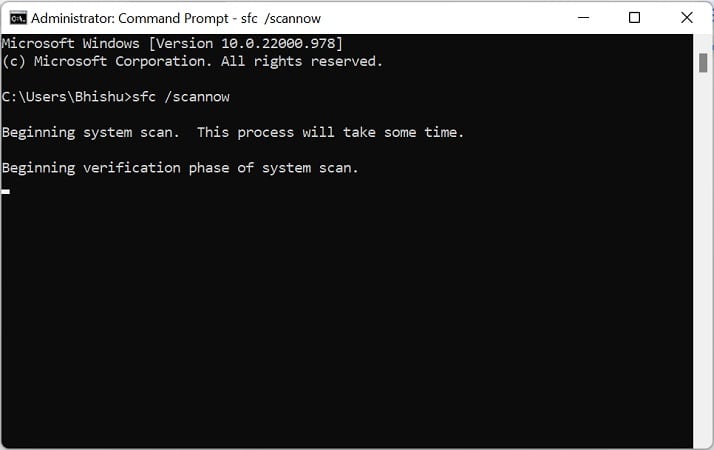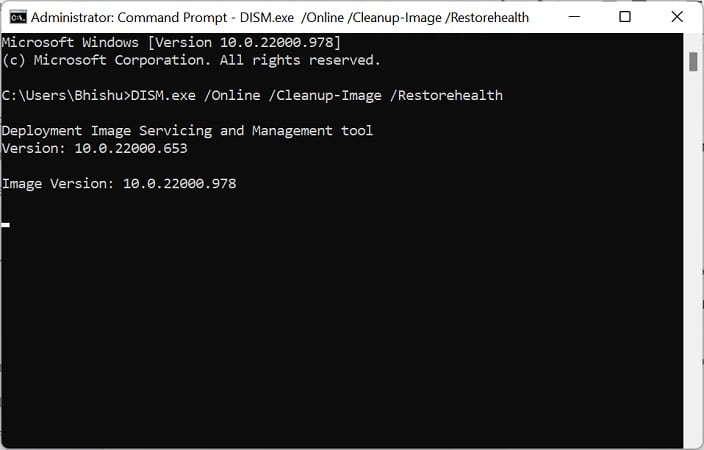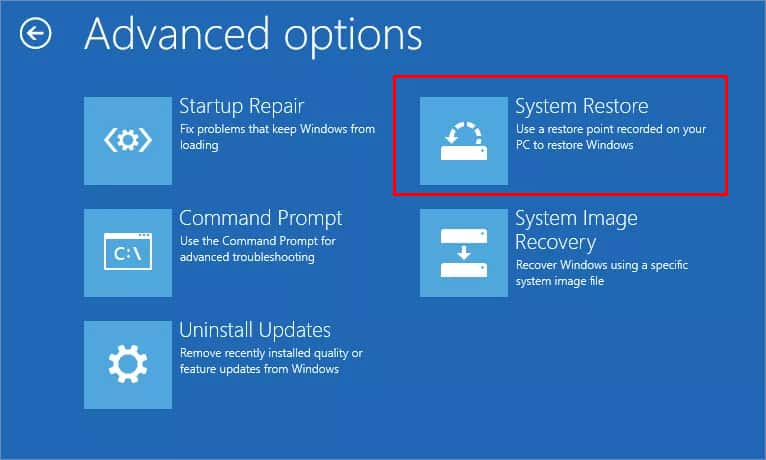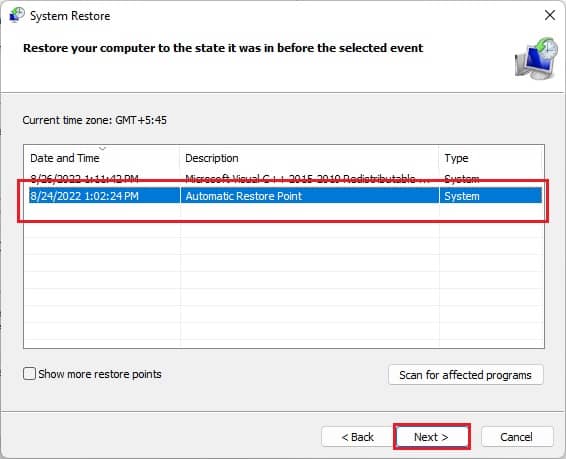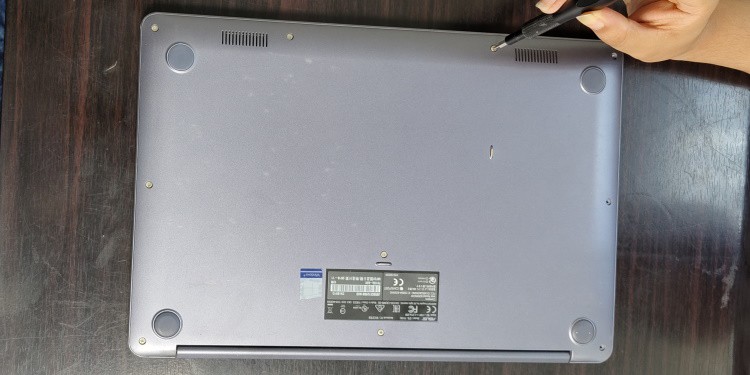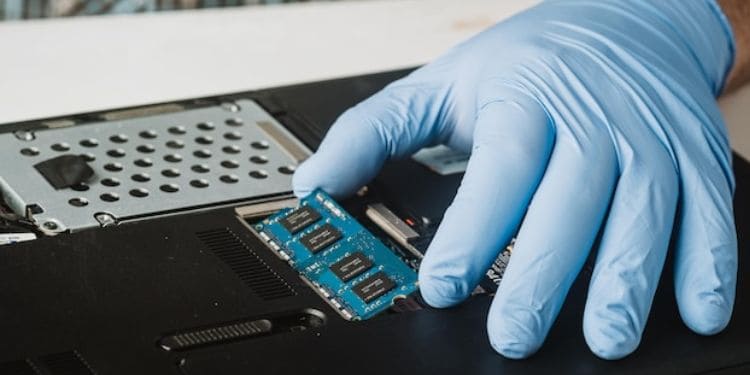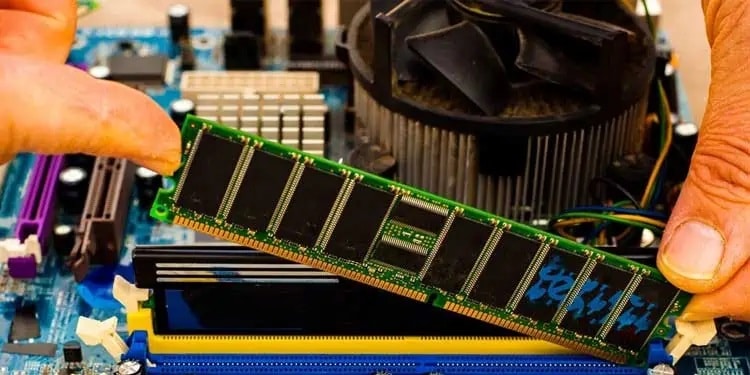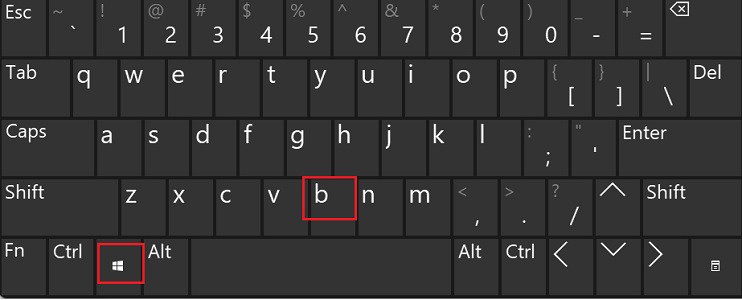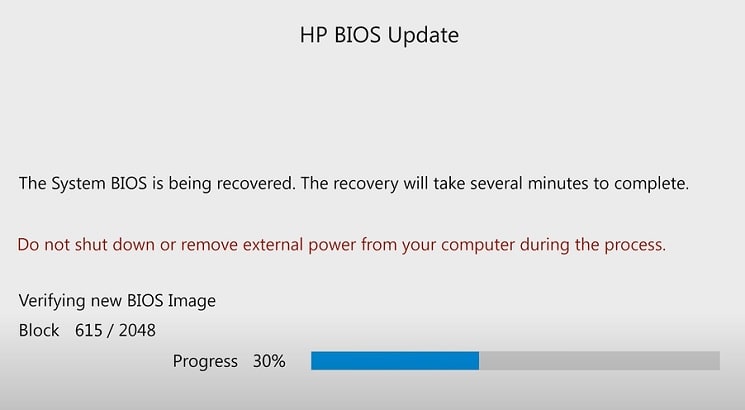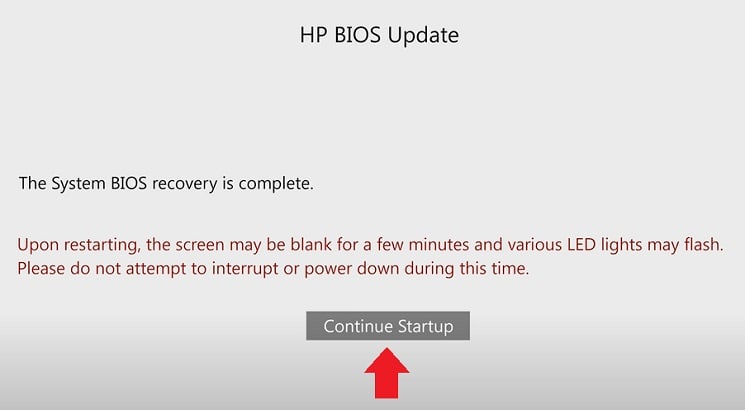Although it’s impossible to determine what caused the black screen, most users have blamed their HP laptop screens. Nonetheless, such an issue can also happen due to GPU, CPU, memory, or hardware defects.Even though your HP laptop turns on with the system working just fine, it can eventually end up on a black screen. So, if you’re facing this issue consistently, this article will guide you with eleven possible ways to fix it.
Why am I Seeing Black Screen on My HP Laptop?
If you recently made changes to your HP laptop, there’s a possibility you’ll get a black screen. However, some users who haven’t tweaked anything with their system have also experienced the same problem.
How Can I Fix Black Screen on HP Laptop?
If you’re getting a black screen, it doesn’t necessarily mean your HP laptop won’t work. Indeed, there are both simple and hard fixes you can try to bring the screen back to life.Firstly, we recommend pressing and holding the power button until it shuts down. Now, reboot your PC to check if this fixes your problem. Sometimes, when we try loading heavy apps, our display drivers may freeze and show a black or white screen. So, you can also try pressing the Windows + Ctrl + Shift + B keys together to reset the drivers. Well, your HP laptop screen will blink once and might return you to where you left off.Moreover, if you have encountered a black screen after overclocking your hardware components, we recommend resetting them. If neither of these simple fixes worked, you could try out the major solutions mentioned below.
Cool Your Laptop
Firstly, ensure that your HP laptop isn’t overheated. Indeed, a high temperature can lock the essential components, resulting in a black screen. Generally, this happens while loading heavy apps or playing high-performance games on a low-end laptop. Moreover, the heating problem can also arise when overclocking excessively.Thus, we recommend force shutting down your laptop. Then, you can use a cooling pad to reduce the temperature. Once your system has cooled down, start your PC, and this should fix the black screen. When the CPU overheats, your PC may shut down automatically to prevent further damage, thanks to the fail-safe feature. Although this is a good thing, there can be a time when your system doesn’t boot. In such a case, read our other post to fix your HP laptop that’s not turning on.
Perform Hard Reset
Well, most HP users do not get a cursor when a black screen is triggered. In such cases, you can’t access the task manager and other services. So, we recommend power cycling your HP laptop, which should boot the system correctly:
Check for Display Problems
If you’re still experiencing a black screen after a hard reset, there can be underlying issues with your laptop’s display. So, you can use an external monitor to identify whether the problem lies with your laptop screen or if there are some other system issues:
Restart Windows Explorer Process
Basically, explorer.exe is responsible for controlling the graphical user interface on Windows. Thus, if this process isn’t working correctly, there’s a high chance you’ll encounter a black screen.Since this is a much tedious task, performing it yourself can be risky. Thus, we recommend visiting the nearest HP service center to get the replacement done.So, if the black screen has a mouse pointer available, you can surprisingly invoke the Task Manager application and try restarting explorer.exe:
Update Display Adapter and Monitor Driver
Display drivers are responsible for controlling graphics processing. Similarly, monitor drivers are essential programs that deal with the Plug and play feature. Thus, it’s pretty obvious that if they are outdated, you might encounter unwanted graphics-related problems, including a black screen. To check and update the drivers, follow the below instructions step by step on your HP laptop:
Make Changes to App Readiness Service
App readiness is a Windows service that makes apps ready when a user logs into the system for the first time. However, if it is mistakenly enabled, you might face performance issues, leading to a black screen.Hence, we recommend disabling the feature while you’re connected to the external display. Here’s the right way to do just that:
Boot Into Safe Mode
If you didn’t see your HP laptop content on the external monitor, the problem lies within the OS. So, we suggest booting Windows on safe mode, which will start the system with just essential drivers. Hence, it’s very likely that you won’t encounter a black screen in this mode.Go through the below guide on how to boot your HP laptop into safe mode:
Perform Windows System Restore
System restoration is a useful Windows feature that lets you take your system to the working condition. So, if you had installed any corrupted apps or there were installation failures that triggered the black screen, we highly recommend taking your HP laptop to its previous state using system restore.
Verify RAM Sticks & GPU Integrity
Basically, if your RAM sticks aren’t seated well, your HP laptop won’t boot at all. Instead, you might hear a beep sound and get a black screen.Well, reseating your RAM shouldn’t be a problem. Below is the general guide on how you can do it the right way:
Restore HP BIOS
Well, most of us have tried tweaking BIOS settings to increase our PC performance. However, unnecessary changes can trigger a black screen. For example, if you have overclocked your CPU too high, a high voltage is passed, and you may notice that your HP laptop overheats. Indeed, this can lead to a black screen, and it may even damage your CPU in the worst case.Luckily, HP provides a BIOS recovery feature that should fix your problem:If your HP laptop doesn’t support the emergency recovery service, you can manually reset it. Here’s a complete guide on how to reset BIOS safely.
Replace or Upgrade Hardware Components
If resetting BIOS didn’t help, it’s probably time for you to replace or upgrade your hardware components. Basically, if your GPU, RAM, CPU or even the entire motherboard is damaged, you’re likely going to encounter a black screen.
